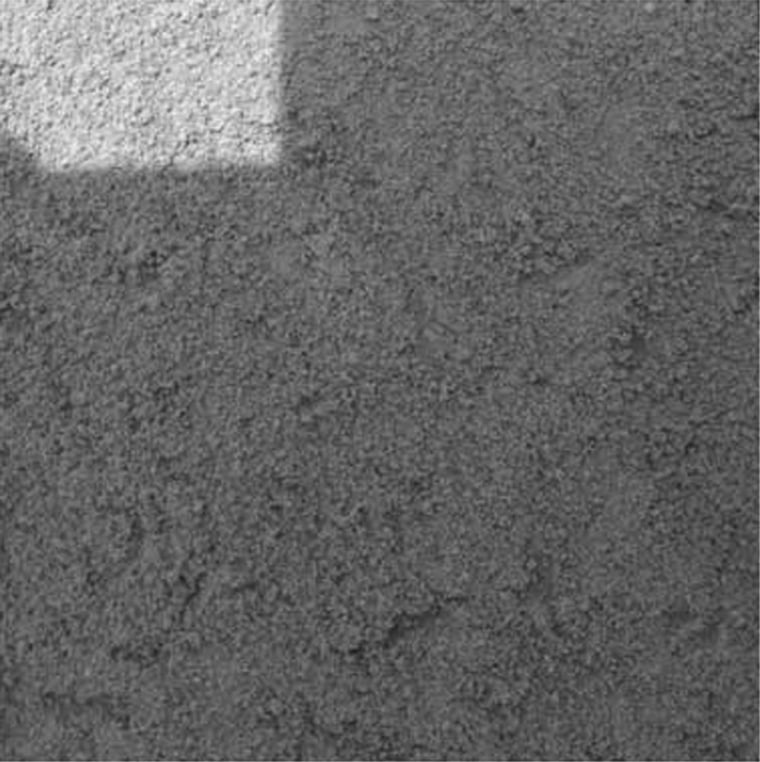NASA’s Spirit rover snapped its first close-ups Friday, using a combination camera and microscope mounted on its arm to photograph in minute detail the rust-colored soil of Mars.
The new black-and-white images show a tiny area, 1.44 inches square, that includes clumps of fine particles that may be stuck together by the martian equivalent of Epsom salts. The images show features nearly as small as the diameter of a human hair.
“This is the highest resolution by far we have ever seen Mars at,” said Ken Herkenhoff, of the U.S. Geological Survey, and the lead scientist for the microscopic imager on Spirit.
NASA released the new images during a news conference at the Jet Propulsion Laboratory. The images include several taken by Spirit’s fisheye, hazard-avoidance cameras that show the rover’s robotic arm extended for the first time.
The arm is about the same length as an adult human’s arm, giving the rover broad reach to probe its immediate surroundings.

Spirit turned its attention to the silty ground beneath its six aluminum wheels within a day of rolling onto the planet’s surface on Thursday, 12 days after arriving from Earth. Spirit should spend three more days parked beside its lander doing preliminary science work.
Scientists picked a pebble-free area to begin characterizing the soil that dominates the immediate landscape. Spirit landed in a region that is rich in dirt with a few rocks.
Over the weekend, NASA planned for the rover to use two German-made instruments, its Mossbauer and Alpha Particle X-ray spectrometers, to analyze the minerals and chemistry of the martian soil.
Both instruments share space on Spirit’s robotic arm with the microscopic imager and a rock abrasion tool, which can grind away at martian rocks to reveal their insides for study.
Early next week, the robot should set off on a zigzagging path to prospect for further geologic evidence that the now-dry planet was once wetter and hospitable to life. NASA plans for Spirit, designed to travel dozens of yards a day, to begin heading toward a crater about 825 feet away.
Spirit’s twin, Opportunity, lands Jan. 24 on the opposite side of the planet, and NASA wants to park the Spirit rover for the three days immediately following the new rover’s arrival so controllers involved in the $820 million double mission can focus on Opportunity.
Spirit reached the surface of Mars on Thursday after it rolled down a ramp from its lander. Scientists said the roll-off may have been the riskiest step the rover would ever take on Mars.
